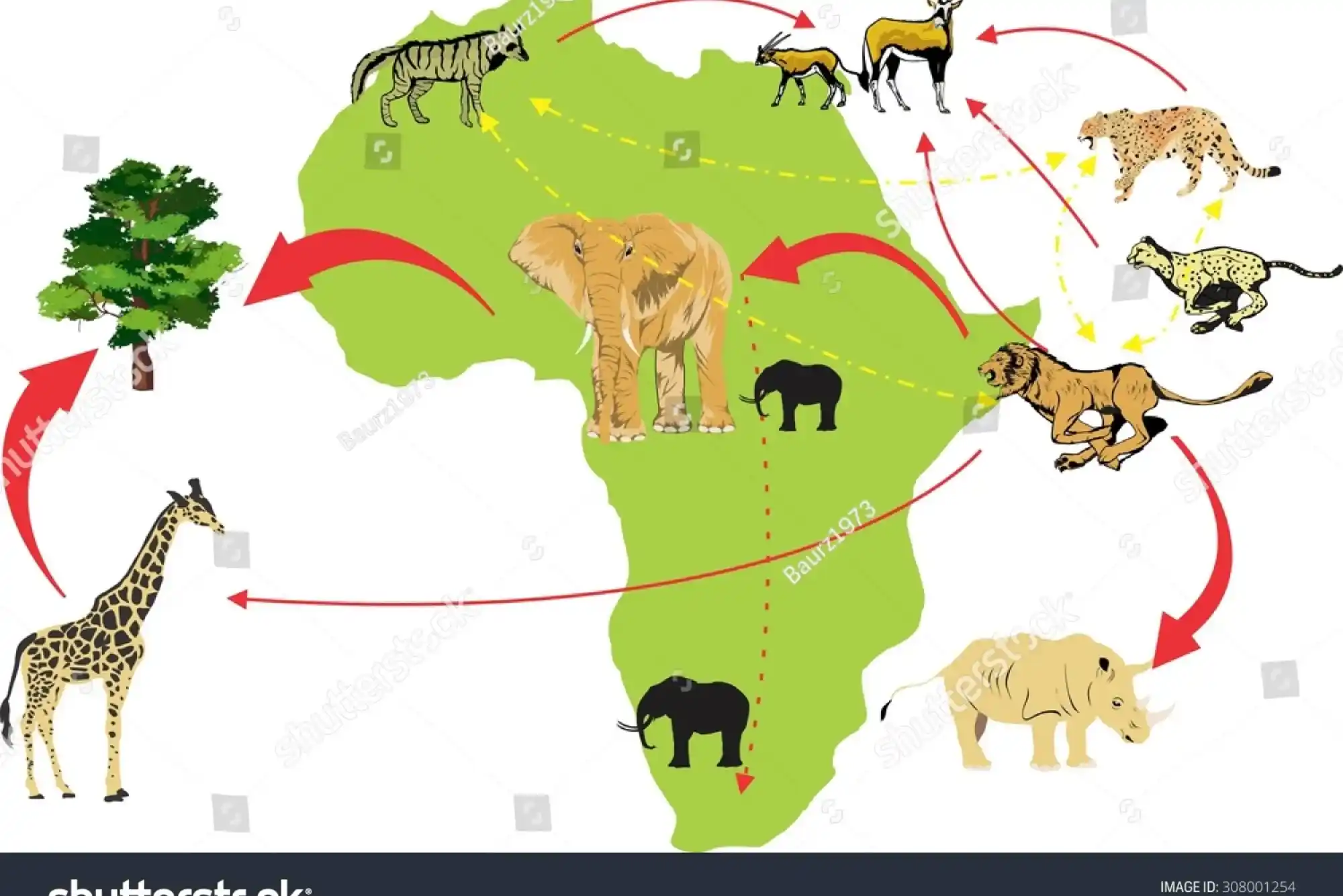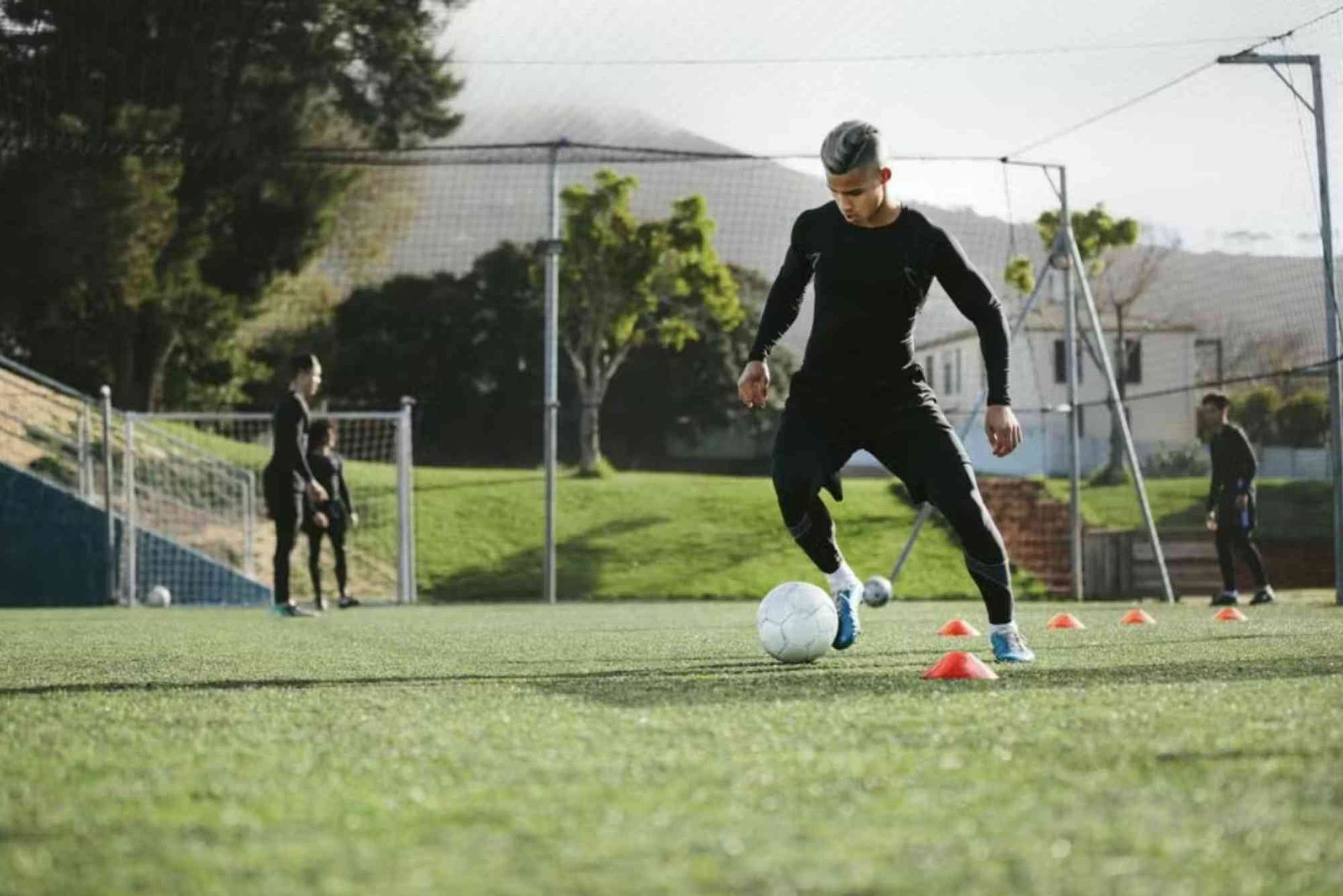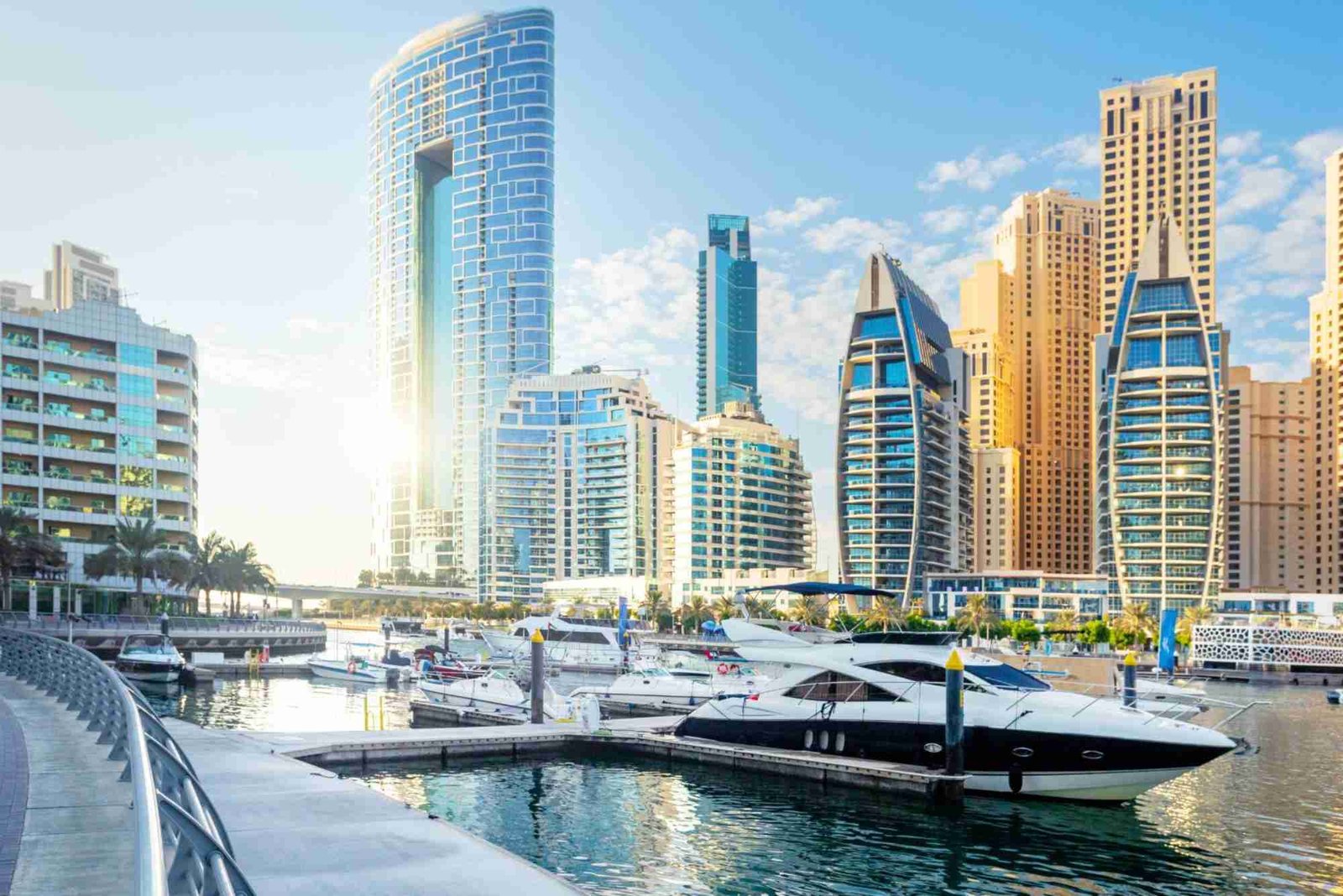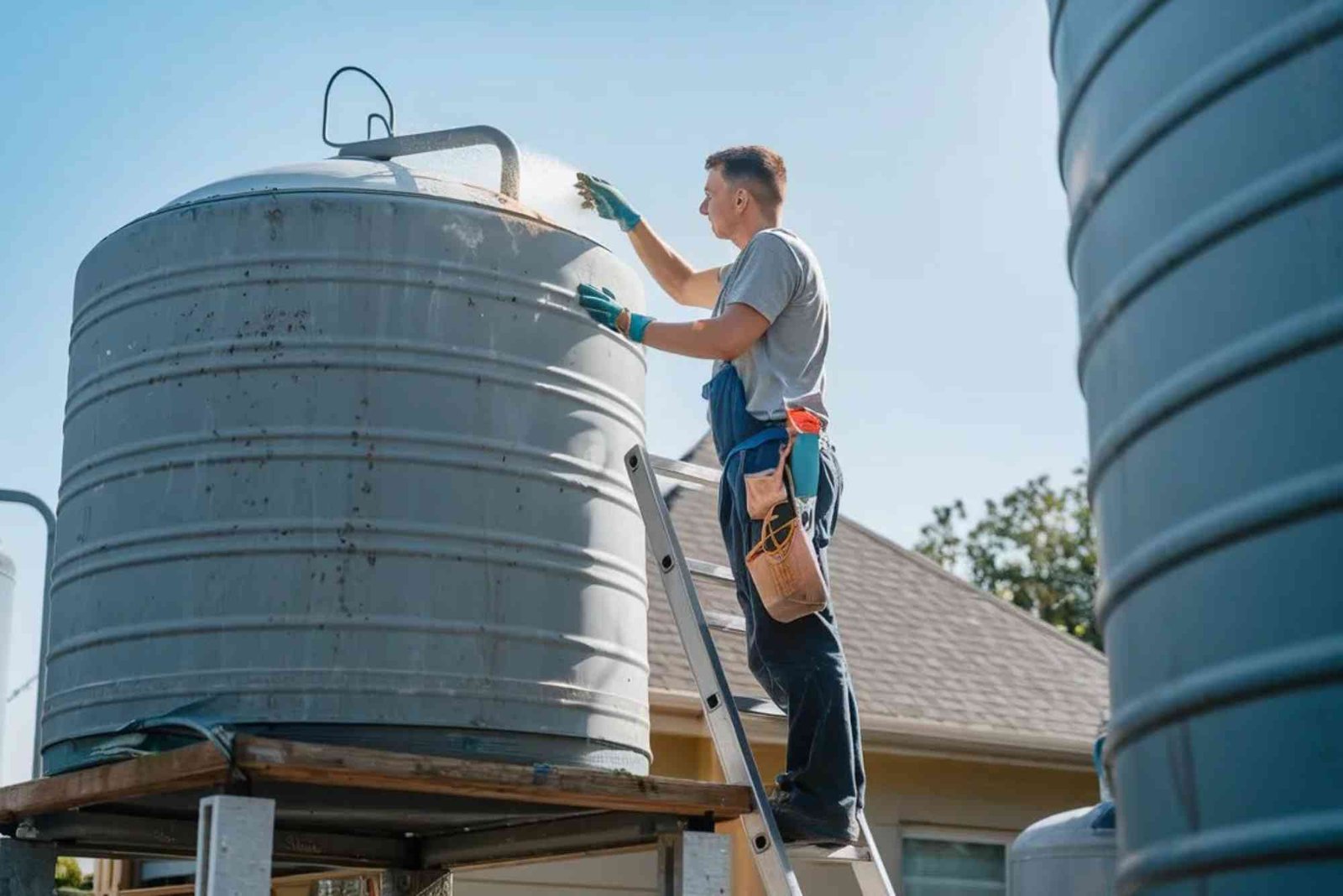A food web illustrates the complex relationships among organisms within an ecosystem. Unlike a food chain, which follows a single path, a food web shows how different food chains interconnect. This complex network reveals how organisms depend on each other for energy and survival. Each species, from the smallest plant to the largest predator, plays a crucial role in this balance.
In this article, we will explore the key elements of a food web, its importance, and the role that species play in sustaining ecological balance.
The Essential Components of a Food Web
A food web has various components, each playing a vital role in energy transfer within the ecosystem. These include producers, consumers (herbivores, carnivores, and omnivores), and decomposers. These components interact with each other to ensure that energy flows continuously through the ecosystem.
Producers: The Source of Energy
Producers, also known as autotrophs, form the base of the food web. They create their own energy through processes like photosynthesis. Most producers are plants, algae, and certain bacteria.
Producers are critical because they convert sunlight or chemicals into usable energy. This energy then flows upward through the food web, supporting all other life forms. Without producers, energy wouldn’t enter the food web, and ecosystems wouldn’t function.
Consumers: The Energy Transfer
Consumers, or heterotrophs, are organisms that cannot produce their own energy. Instead, they consume other organisms. Consumers are classified into three main groups: herbivores, carnivores, and omnivores. Herbivores eat plants, carnivores prey on other animals, and omnivores eat both plants and animals.
Consumers transfer energy through the food web by feeding on producers and other consumers. These interactions help maintain balance within ecosystems. Each consumer influences the population and health of other species, keeping the ecosystem stable.
Decomposers: Nature’s Recyclers
Decomposers, such as fungi and bacteria, break down dead organisms and waste material. By doing so, they return vital nutrients to the soil, which can be absorbed by producers.
Decomposers ensure that waste does not accumulate and that ecosystems remain healthy. Without decomposers, ecosystems would become overrun with waste, and plants would struggle to get nutrients, disrupting the whole food web.
Energy Flow: A Continuous Cycle
Energy moves through the food web, starting with producers and moving up to consumers and decomposers. However, each time energy transfers between organisms, some of it is lost as heat. Because of this, ecosystems require a large base of producers to support smaller populations of top predators.
Energy must continuously flow through the food web to sustain life. Though energy is lost at each step, producers ensure a steady supply enters the web, keeping the ecosystem functioning.
Food Web vs. Food Chain
A food chain follows a direct, linear path where each organism eats the next. For example, a rabbit eats grass, a fox eats the rabbit, and so on. While this model is simple, it doesn’t capture the full complexity of an ecosystem.
A food web, on the other hand, shows how many different food chains interconnect. Organisms have multiple food sources and predators, and this overlap reflects the true complexity of ecosystems. For instance, a bird may eat both insects and seeds, and those insects might feed on various plants. A food web shows all these interactions, giving a clearer picture of how life operates.
The Importance of Food Webs
Food webs highlight the interdependence of all organisms. Each species relies on many others, forming a web of life that sustains the entire ecosystem. This interconnectedness creates resilience. If one species declines, others can adapt and fill its role, helping to maintain balance.
Trophic Levels in a Food Web

A food web is structured into different trophic levels, which represent various stages of energy transfer. The first level is made up of producers, which convert sunlight into energy. The second level consists of herbivores, which eat the producers. After them come the carnivores and omnivores, which eat other consumers. Finally, decomposers break down dead organisms and recycle nutrients back into the ecosystem.
The amount of energy and population size decreases as you move up the trophic levels. Because energy is lost at each stage, a larger population of producers is necessary to support a smaller population of top predators. This structure explains why ecosystems typically have abundant plant life and fewer predators.
Human Impact on Food Webs
Human activities, such as deforestation, pollution, and overfishing, can disrupt food webs. Removing key species or altering the environment can have a ripple effect on the entire system. For example, overfishing large predators can lead to a boom in smaller fish populations, which may deplete their prey and throw the whole food web off balance.
Pollution can also damage food webs. Chemicals may kill or weaken producers and consumers, reducing biodiversity and making ecosystems more vulnerable. Invasive species introduced by humans can further disrupt food webs. Without natural predators, these species often outcompete native organisms, destabilizing the web.
Conservation and Restoration Efforts
Efforts to conserve ecosystems and restore damaged food webs can make a big difference. Protecting habitats and key species, like apex predators, can help ecosystems maintain balance. Reducing pollution and using sustainable practices can minimize human impact on food webs. In some cases, reintroducing species that have been lost can also help restore balance.
Resilience of Food Webs
Food webs are inherently resilient. Their complexity allows ecosystems to adapt to changes. If one species is removed or its population declines, others may step in to take its place. However, food webs have limits. If too many species are lost, or if changes are too severe, the web can collapse, leading to a loss of biodiversity and the decline of the ecosystem.
The diversity of species in a food web ensures that energy can continue flowing even when disruptions occur. However, maintaining biodiversity is crucial to keeping ecosystems stable. When too many species are lost, or when the environment changes dramatically, the entire food web can break down.
Food webs show the complexity and interconnectedness of life in ecosystems. From producers to decomposers, each organism plays a role in transferring energy and maintaining balance. These webs are not only a map of biological interactions but also a testament to the resilience and fragility of the natural world.
Human activities can disrupt food webs, but conservation efforts can help restore them. Understanding the importance of food webs helps us see the value of protecting ecosystems and the species that live within them. By appreciating the complexity of these webs, we can better understand the need to maintain the balance of nature.








